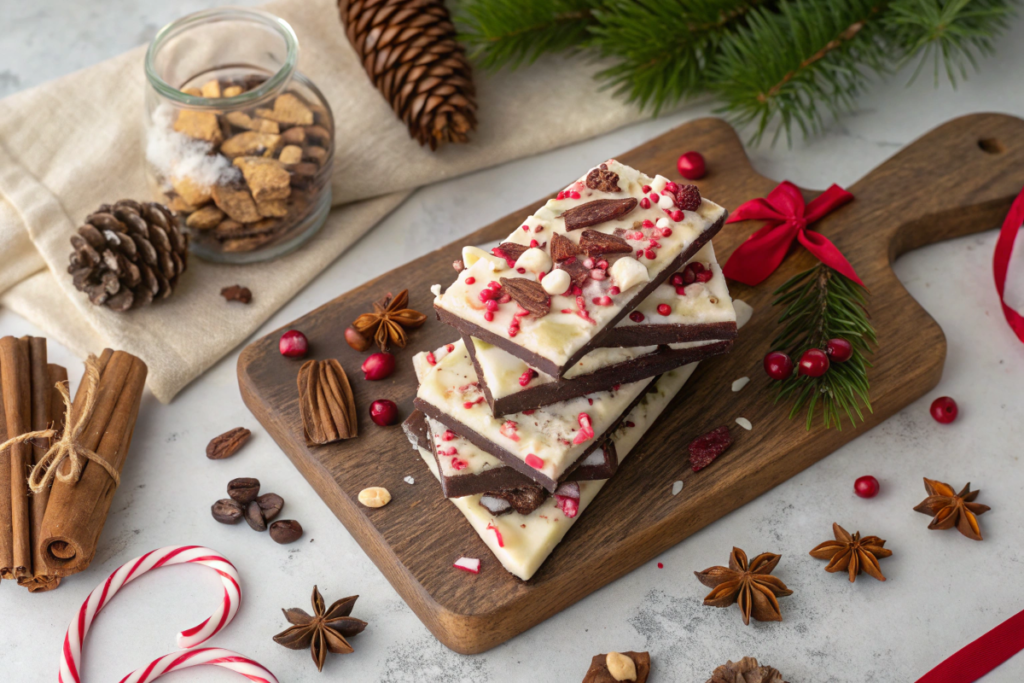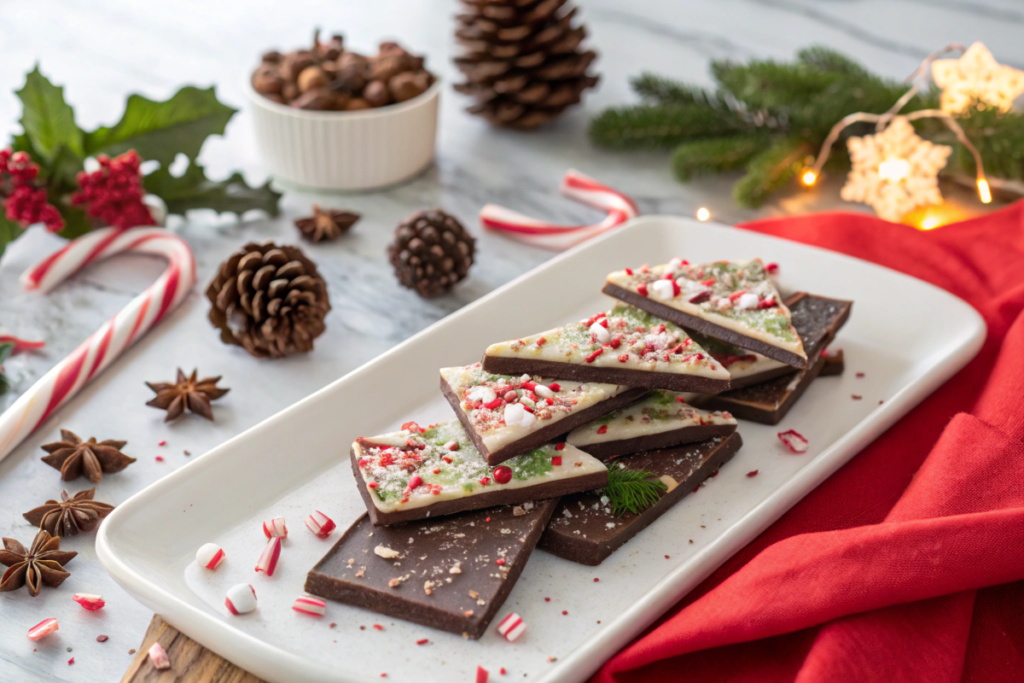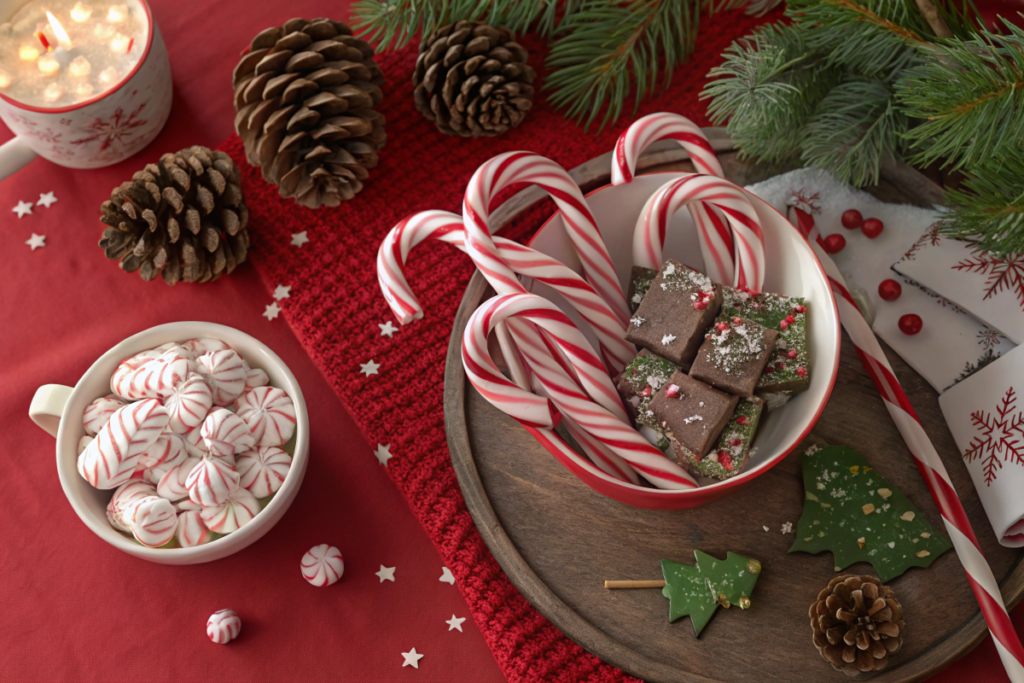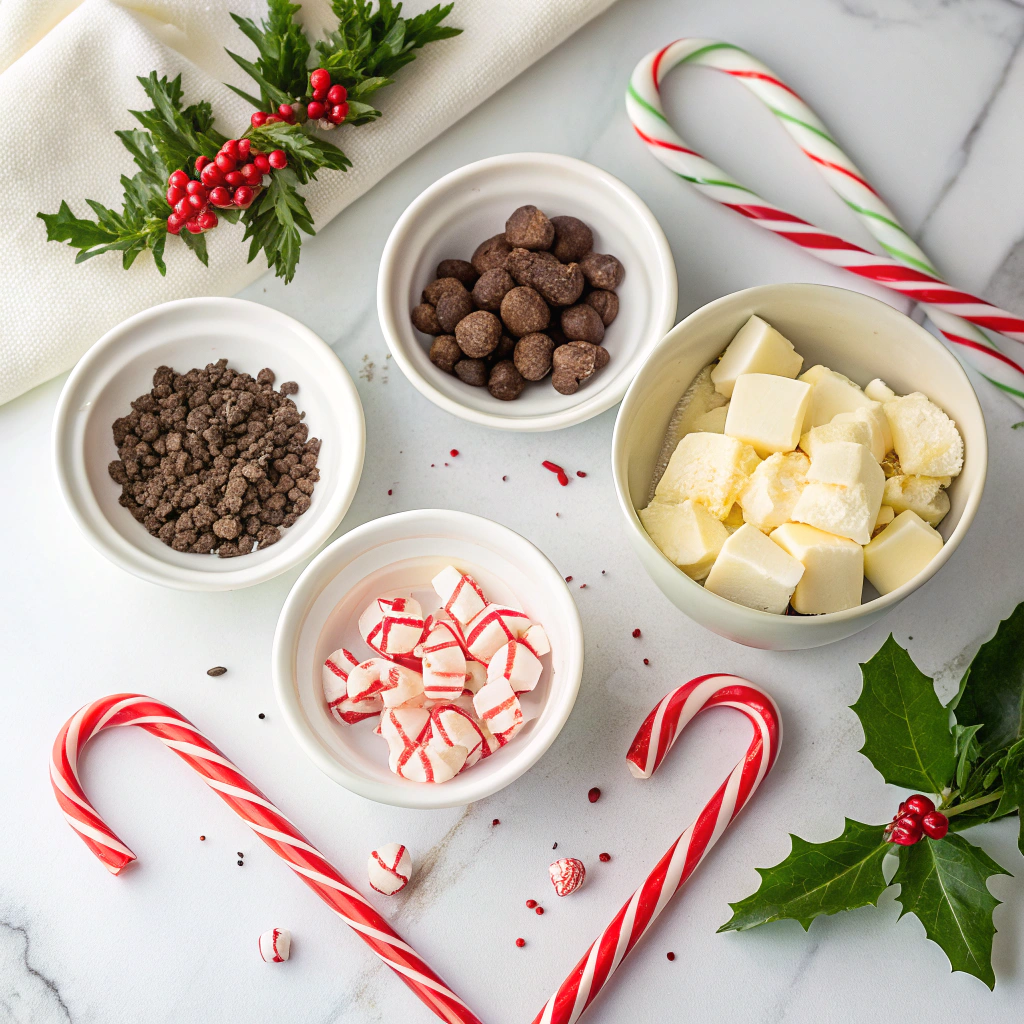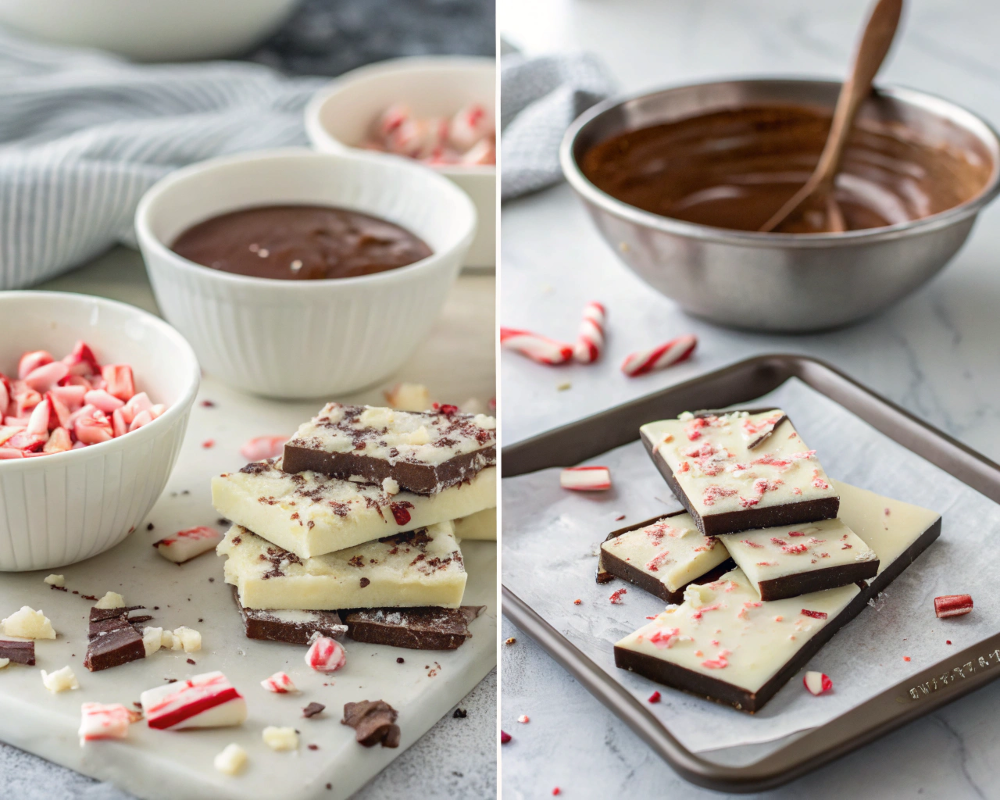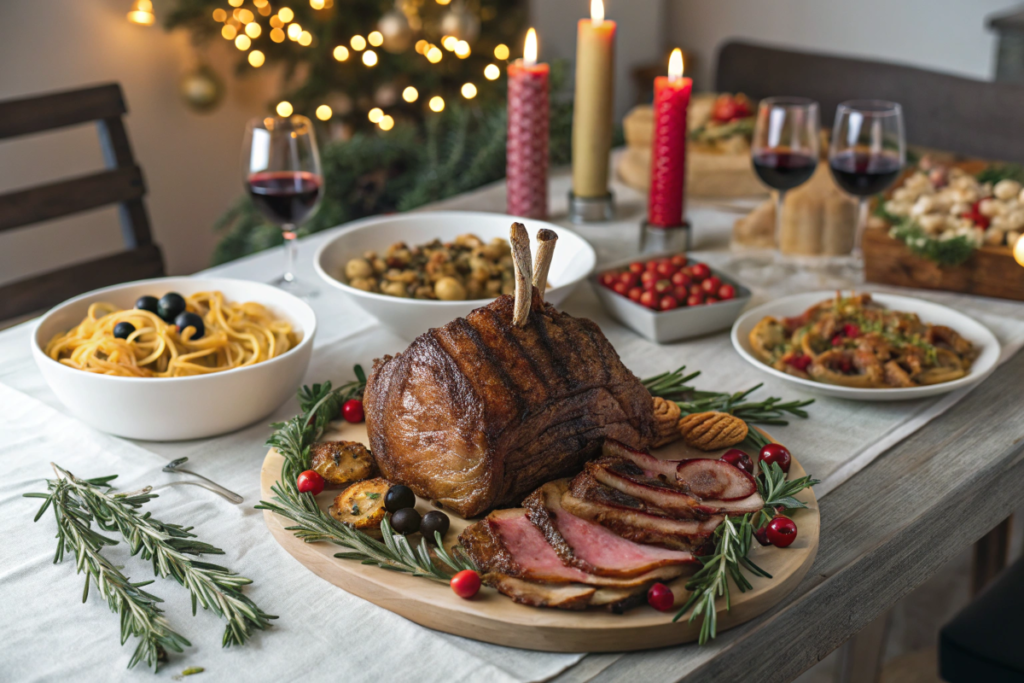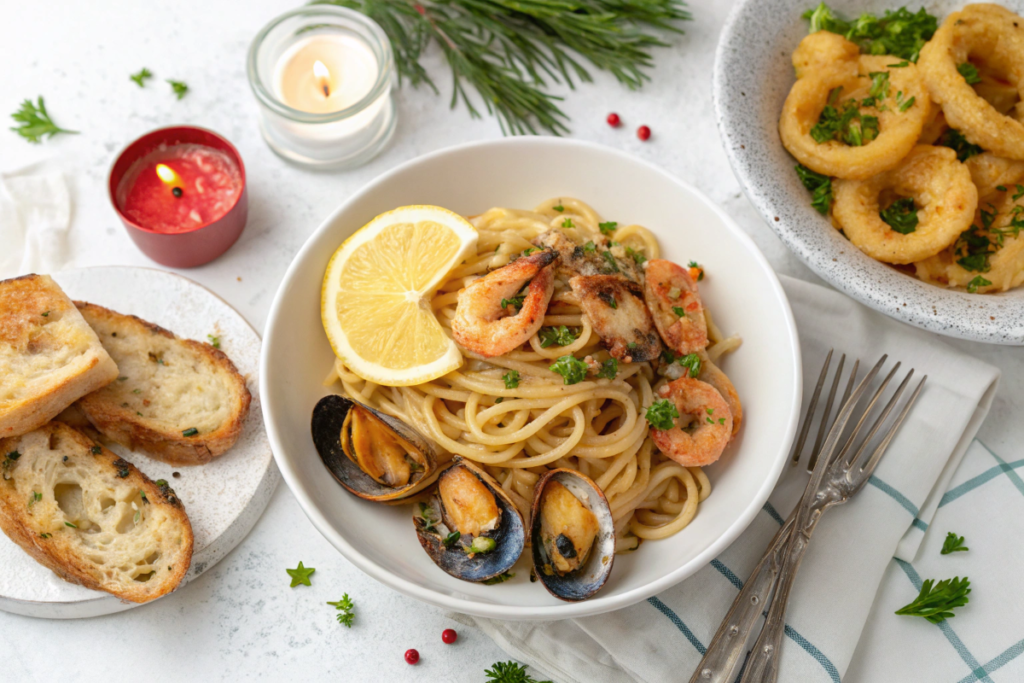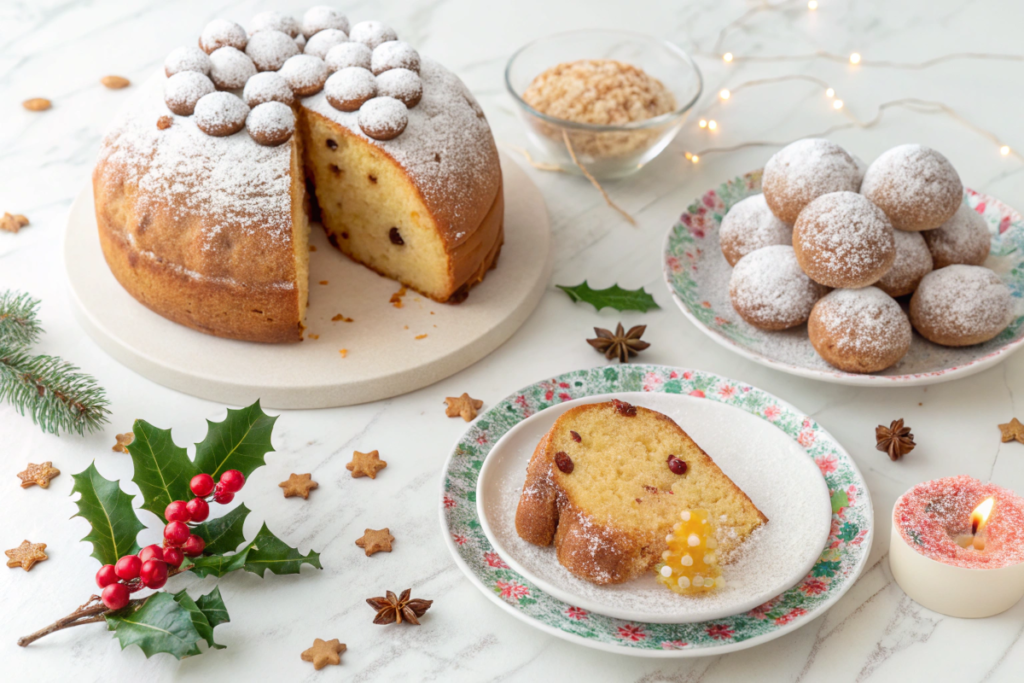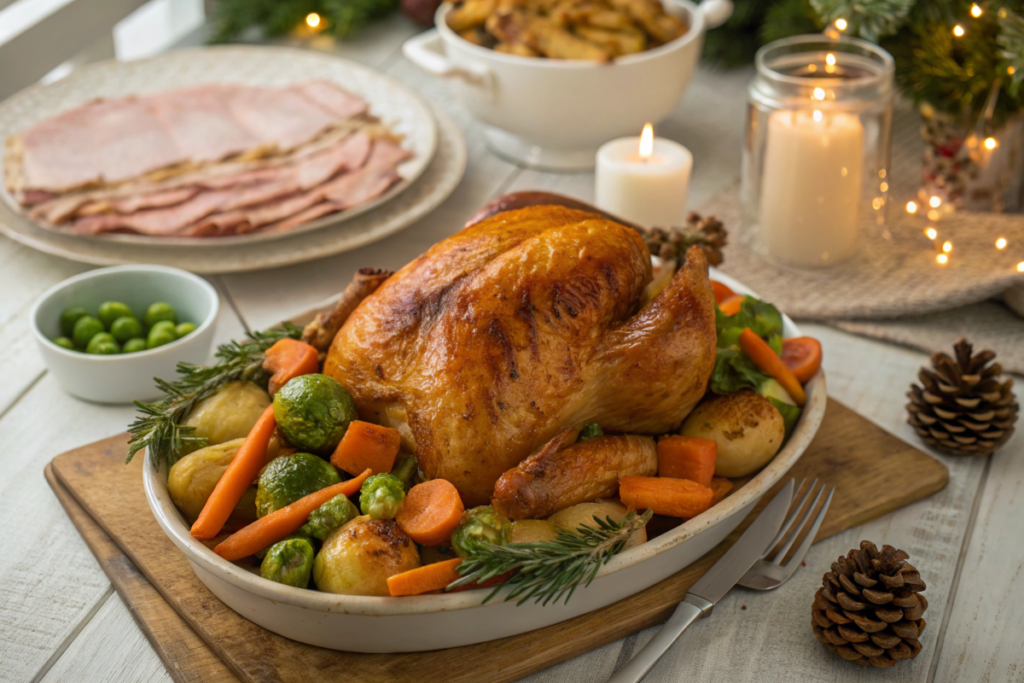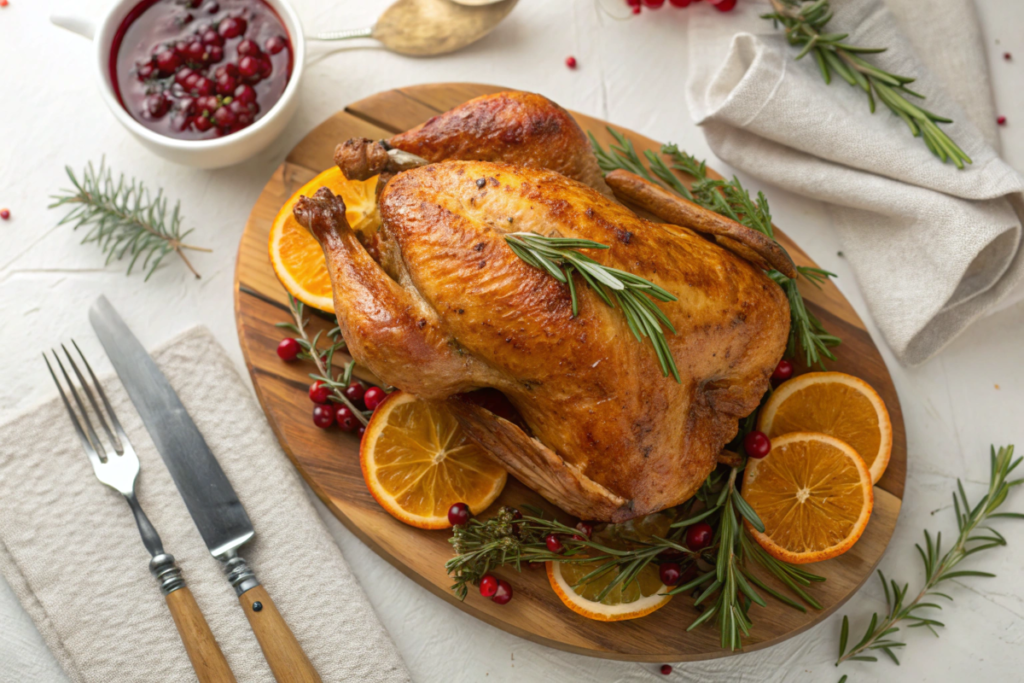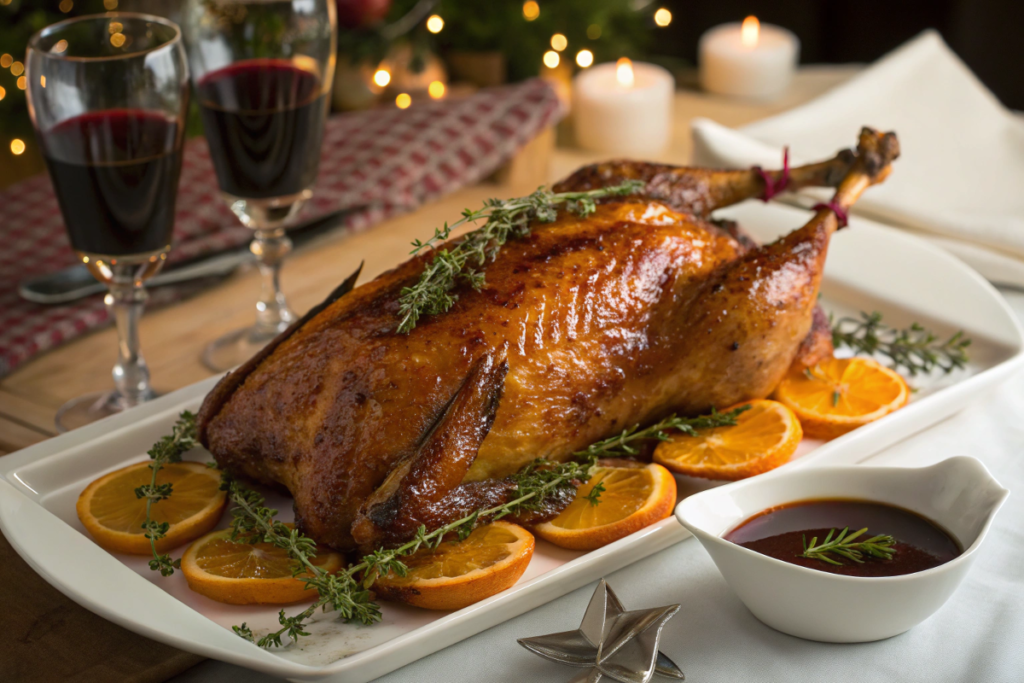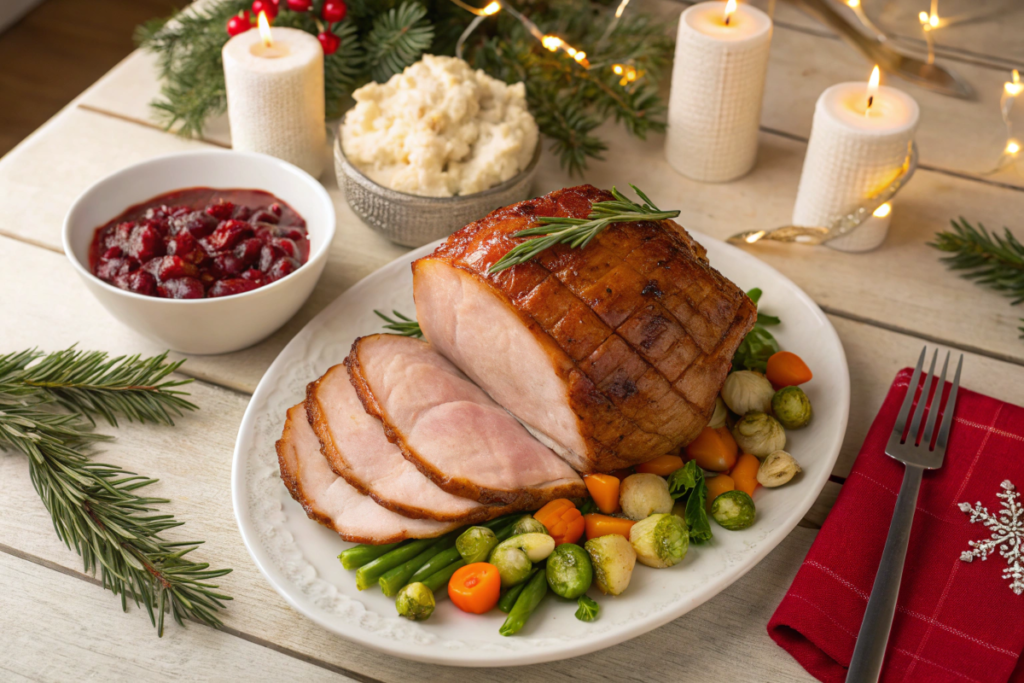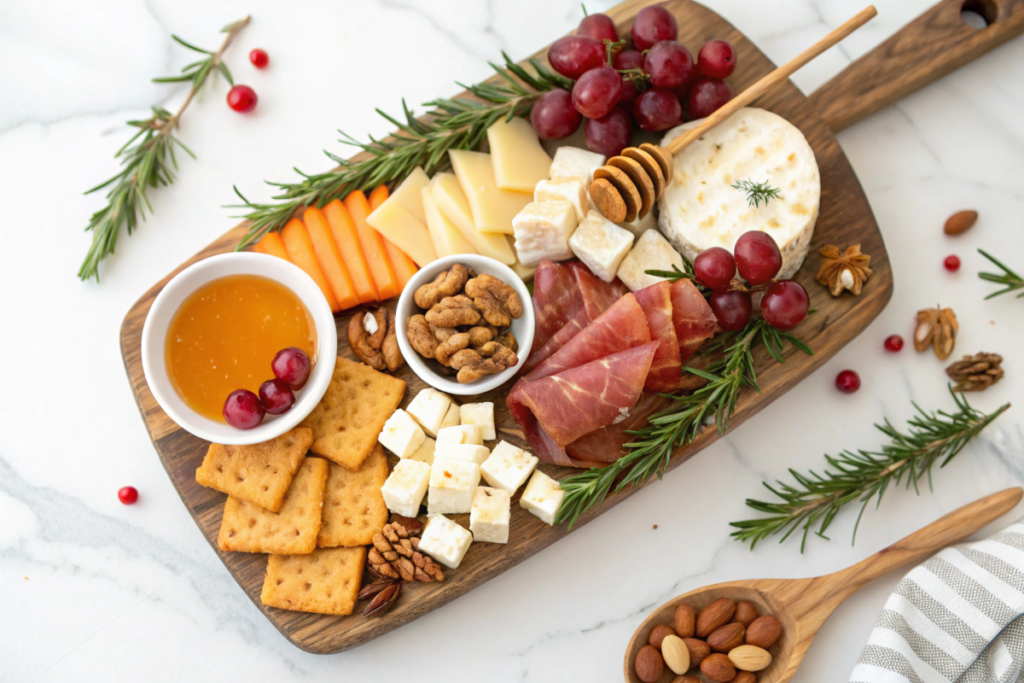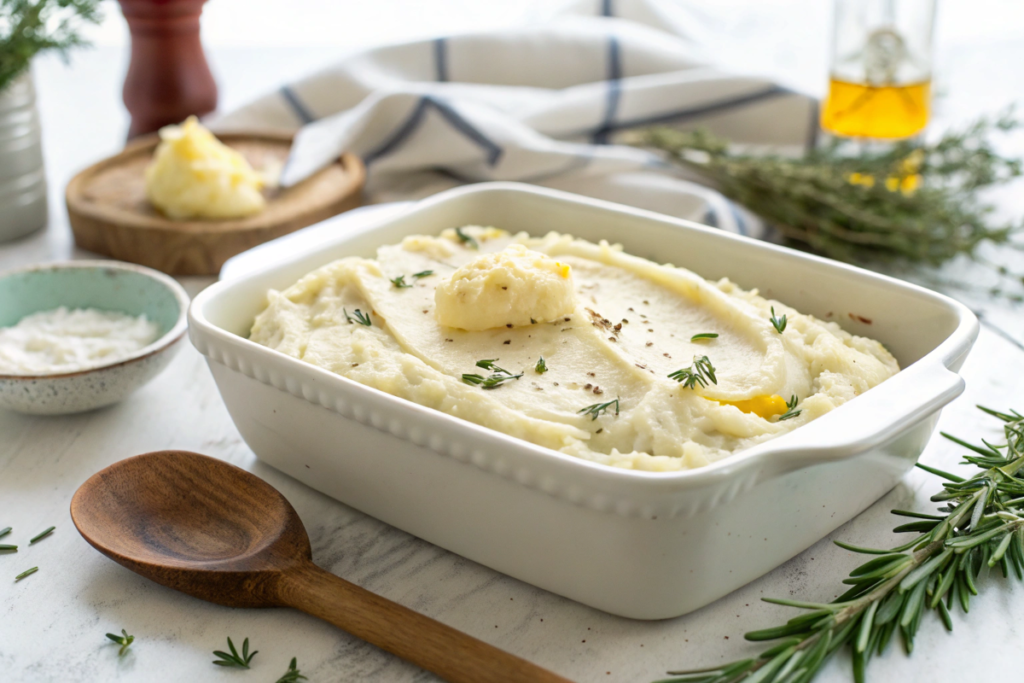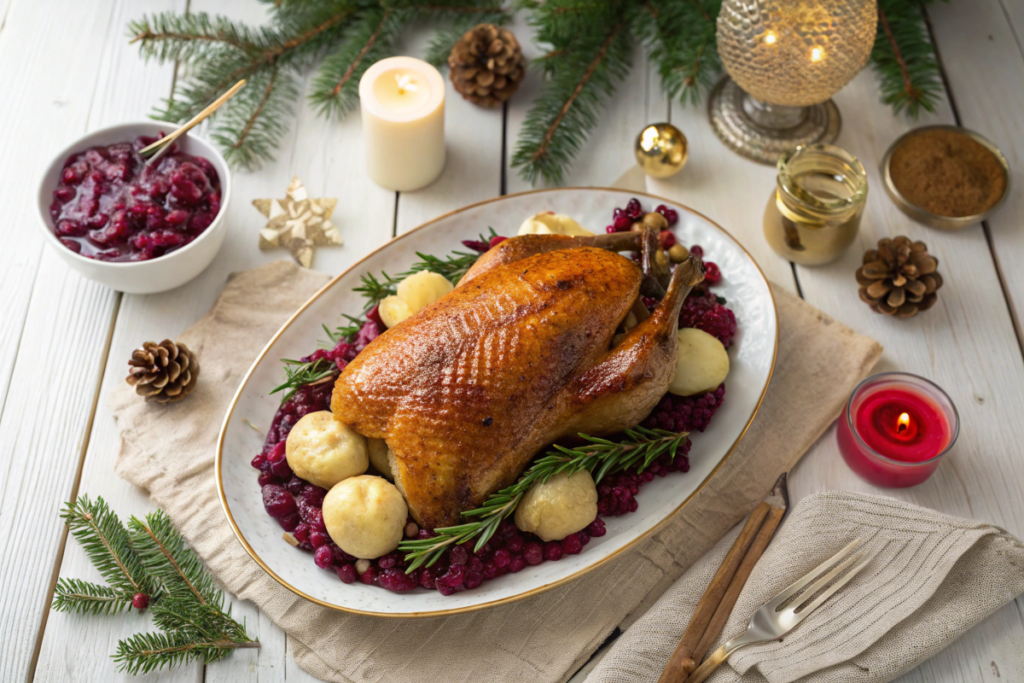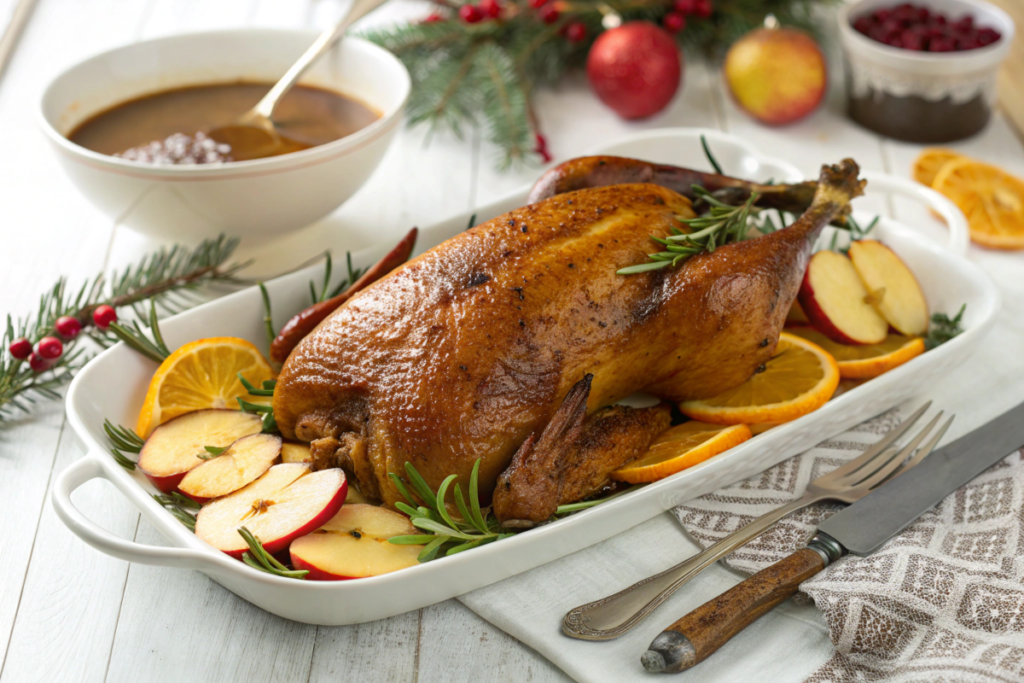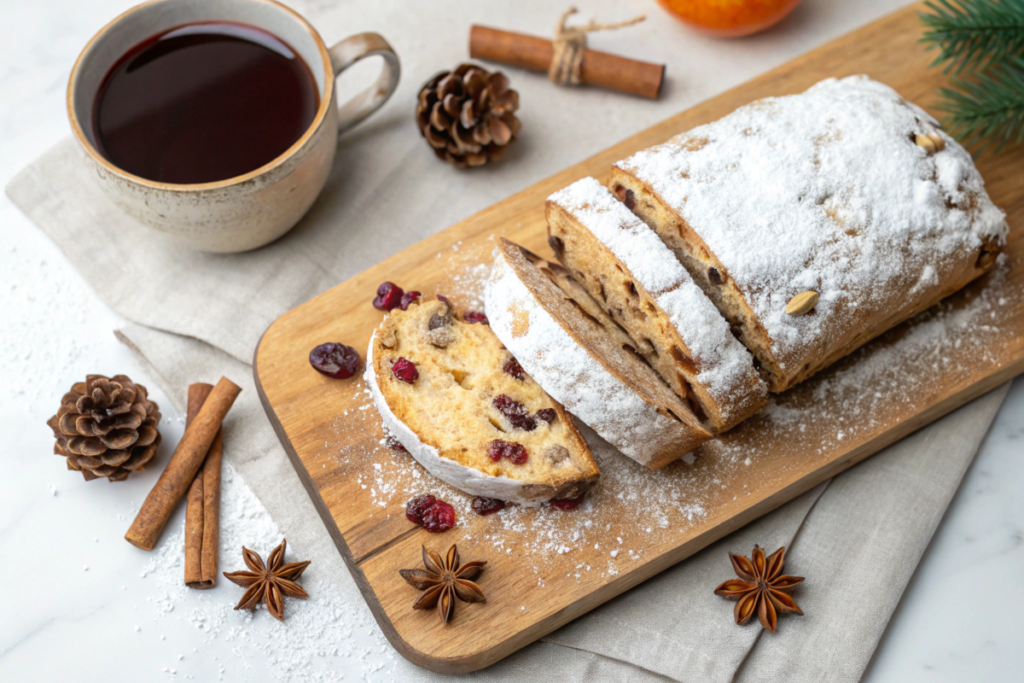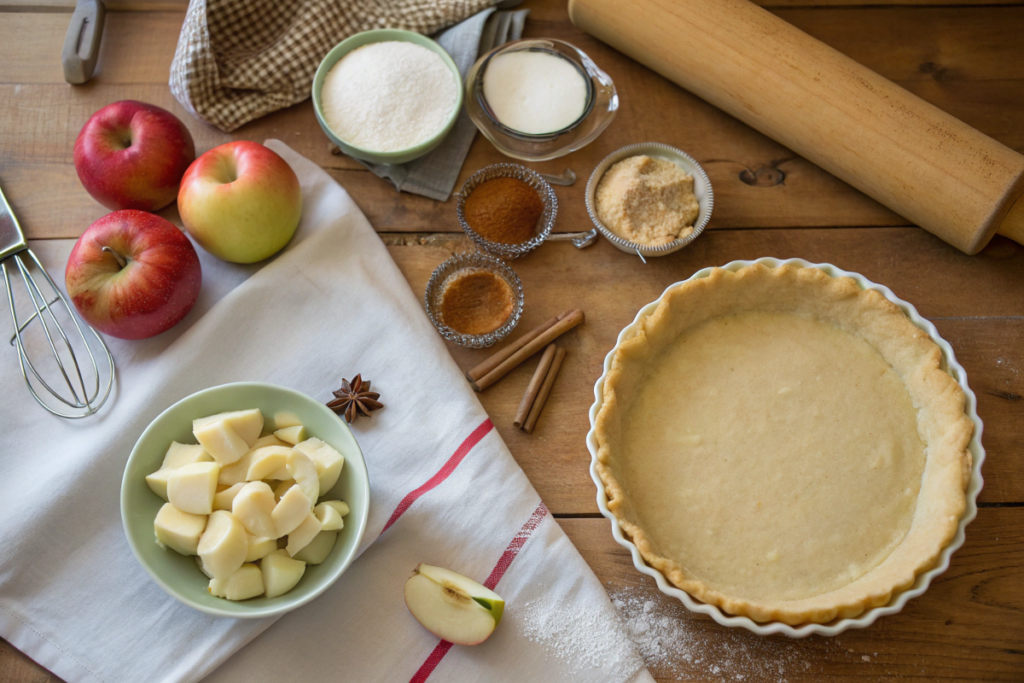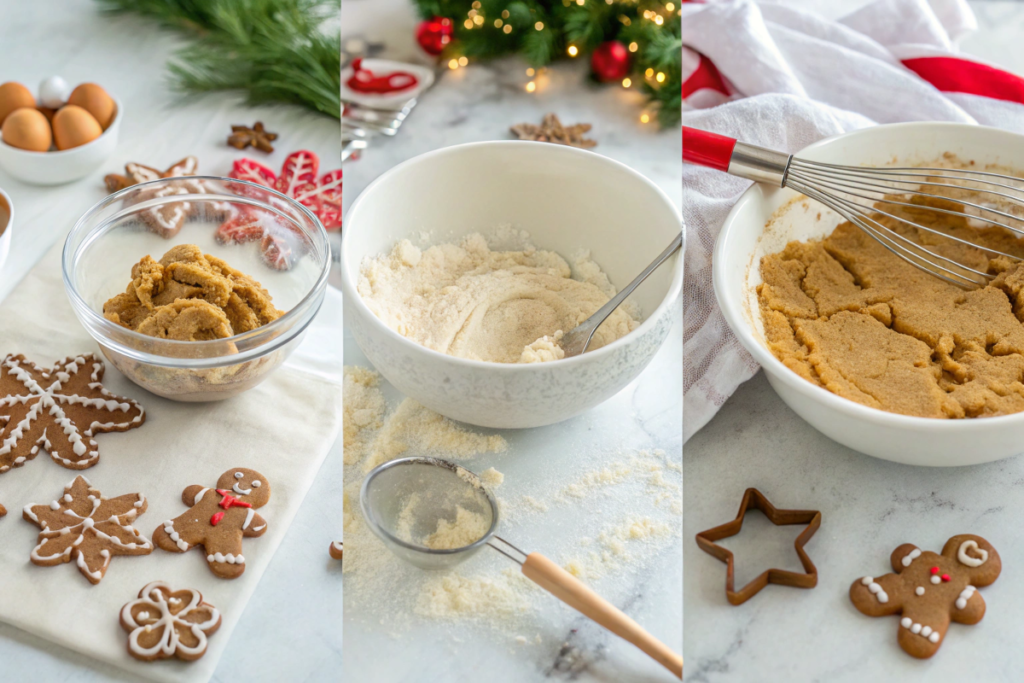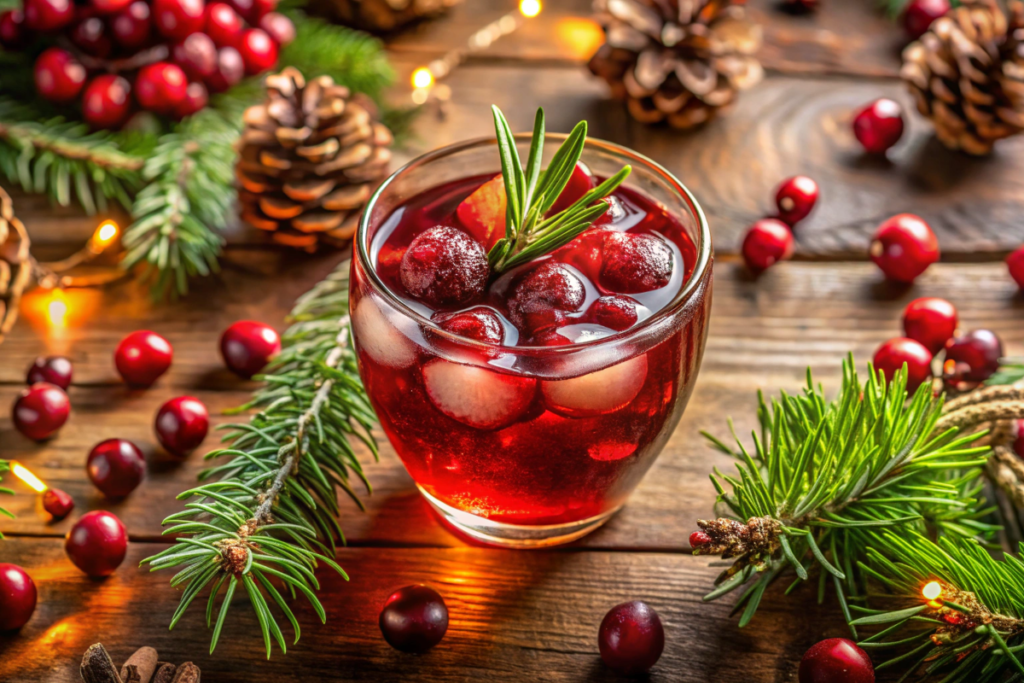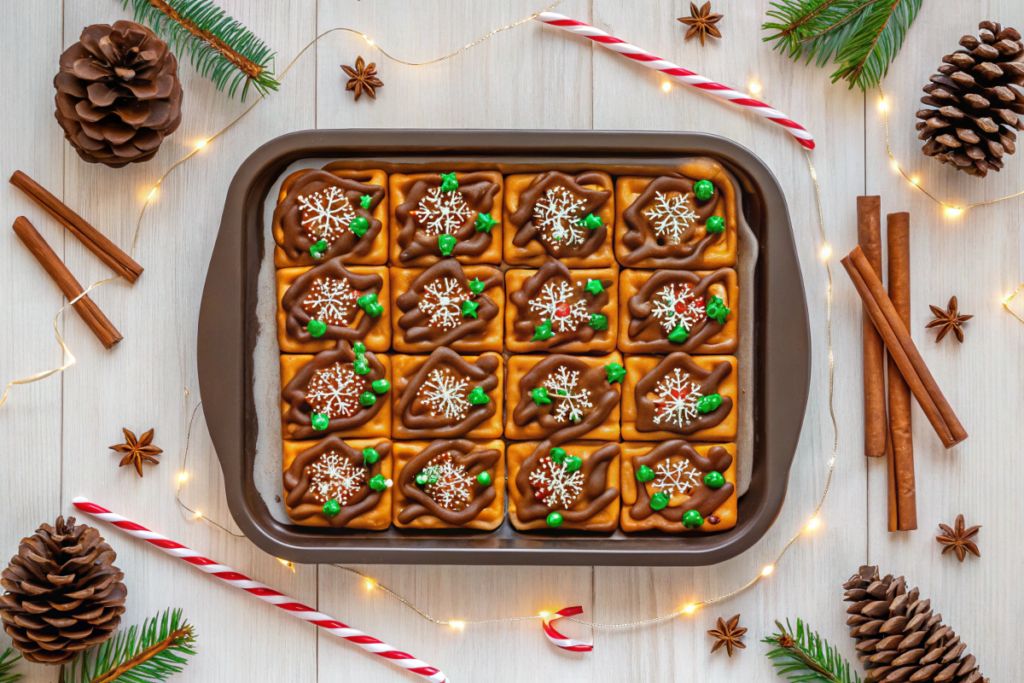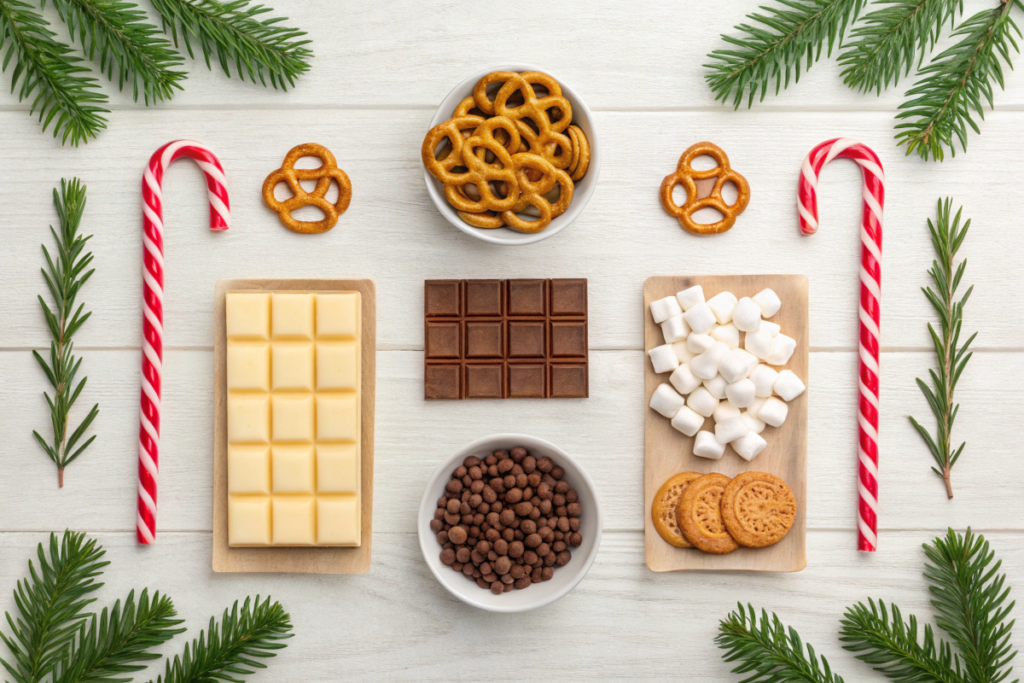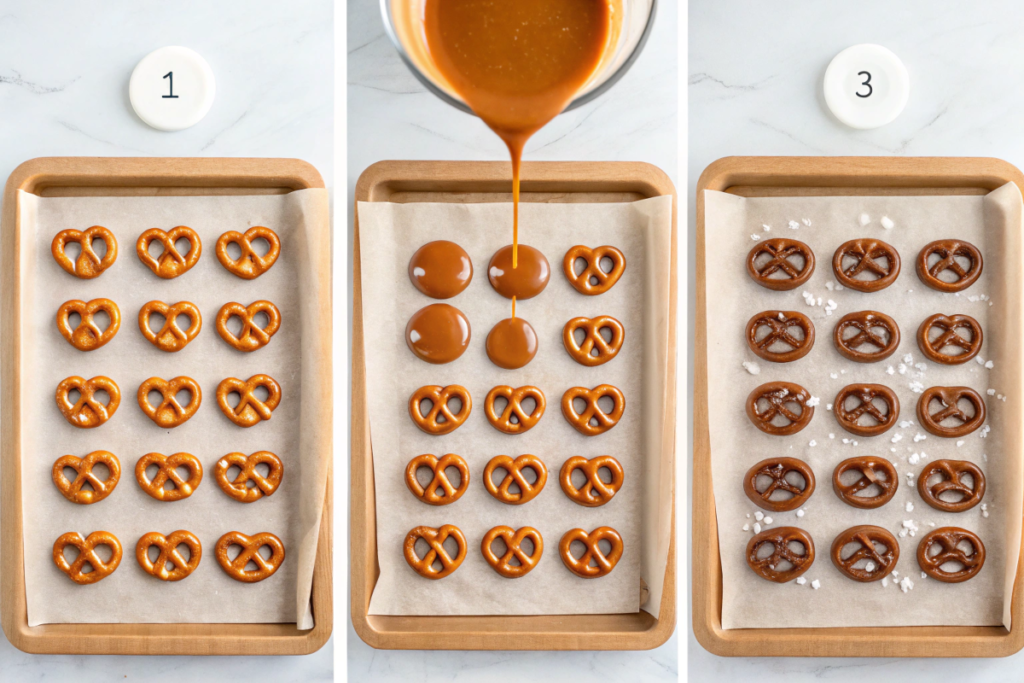Introduction to Peppermint Bark
Peppermint bark is a holiday favorite that perfectly embodies the festive spirit. If you’re wondering, how long does peppermint bark stay fresh, understanding its shelf life can help you enjoy it to the fullest. Combining layers of rich chocolate and refreshing peppermint, this simple yet indulgent treat has become a staple in Christmas celebrations worldwide. For more on its festive significance, visit Why is Peppermint Associated with Christmas?.
What is Peppermint Bark
Peppermint bark is a delightful dessert that blends the sweetness of chocolate with the cool taste of peppermint.
- Key Ingredients:
- Dark or Milk Chocolate: This forms the base layer, giving a rich and smooth foundation.
- White Chocolate: It adds a creamy and sweet contrast on top.
- Crushed Candy Canes: These add a crunchy texture and a burst of peppermint flavor.
- How to Make It:
- To prepare peppermint bark, melt and layer the chocolates, then sprinkle crushed candy canes on top before it hardens.
- Once set, break the bark into pieces, giving it a rustic and approachable appearance.
This treat’s simplicity and versatility make it a favorite for gifting or enjoying during the holidays.
Why is Peppermint Bark a Popular Holiday Treat?
Peppermint bark’s combination of flavor and holiday appeal has made it a cherished tradition in many households.
- Flavor Appeal:
- The richness of chocolate pairs perfectly with the refreshing burst of peppermint.
- Crushed candy canes provide texture and a festive appearance, making it visually appealing.
- Ease of Preparation:
- Making peppermint bark is straightforward and requires only a few simple ingredients.
- Its quick and easy recipe is accessible for both beginners and experienced bakers.
- Versatility:
- It works wonderfully as a holiday gift when packaged in tins or boxes.
- Peppermint bark can also be served as a dessert or used as a topping for other treats like brownies or ice cream.
- Tradition:
- Its strong connection to the Christmas season, with flavors of chocolate and peppermint, reflects holiday indulgence.
- Families often enjoy making and sharing this treat as part of their holiday traditions.
Peppermint bark’s combination of flavor, ease, and festive charm ensures its continued popularity during the Christmas season.
Factors That Influence Peppermint Bark’s Shelf Life
Peppermint bark is a beloved holiday treat, but its shelf life depends on a few key factors. By focusing on the quality of ingredients, proper storage, and effective packaging, you can ensure your peppermint bark stays fresh and delicious for longer.
Quality of Ingredients Used
The ingredients play a vital role in how long peppermint bark remains fresh and enjoyable.
- Chocolate Quality:
- Using high-quality chocolate ensures better flavor and a longer shelf life.
- Lower-grade chocolate can spoil quickly or develop a grainy texture, which reduces its appeal.
- Candy Canes:
- Fresh candy canes maintain their crunch and minty flavor, adding to the overall texture.
- On the other hand, stale candy canes may become soft, diminishing the bark’s quality.
- White Chocolate:
- Properly tempered white chocolate resists discoloration and keeps its creamy consistency.
- If not tempered correctly, it can lose its smooth texture and develop an uneven appearance.
Choosing fresh, high-quality ingredients makes a big difference in both flavor and longevity.
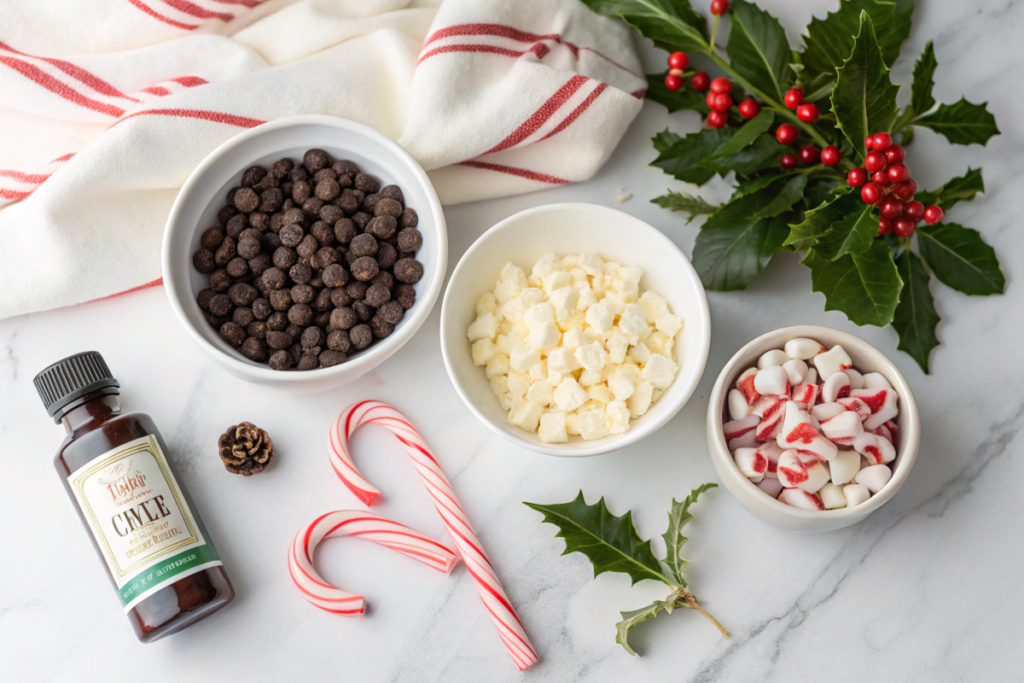
Storage Conditions: Temperature and Humidity
How you store peppermint bark significantly impacts its shelf life.
- Temperature:
- Keep the bark in a cool, dry place, ideally between 60°F and 70°F (15°C to 21°C).
- Warm environments may cause the chocolate to melt or develop a white film known as bloom, which affects its texture and taste.
- Humidity:
- High humidity can make candy canes sticky and cause condensation on the chocolate.
- To avoid this, store the bark in airtight containers to prevent moisture exposure.
By maintaining stable storage conditions, you can ensure the bark stays fresh and appealing.
Packaging and Airtight Containers
Proper packaging is essential for preserving the freshness and flavor of peppermint bark.
- Airtight Containers:
- Storing the bark in airtight containers reduces exposure to air, which can dry out the chocolate.
- Place parchment paper between the layers to prevent sticking.
- Wrapping Tips:
- Use food-safe plastic wrap or cellophane bags to tightly seal the bark when gifting or storing.
- Adding silica gel packets (food-safe) absorbs excess moisture and keeps the candy canes crisp.
Effective packaging not only preserves freshness but also makes peppermint bark perfect for gifting during the holidays.
By understanding and addressing these factors, you can maximize the shelf life of peppermint bark. Using fresh ingredients, storing it in the right conditions, and packaging it properly ensures your festive treat stays flavorful and enjoyable for weeks.
Shelf Life of Homemade vs. Store-Bought Peppermint Bark
The shelf life of peppermint bark varies depending on whether it’s homemade or commercially produced. While both options are delicious, the ingredients, preparation methods, and storage conditions influence how long they stay fresh.
Typical Duration for Homemade Peppermint Bark
Homemade peppermint bark is a delightful treat, but its shelf life is generally shorter than that of store-bought versions.
- Storage Guidelines:
- When stored in an airtight container at room temperature, homemade peppermint bark can last for up to 2 weeks.
- Refrigerating it extends its shelf life to approximately 3 weeks, but the chocolate’s texture may change slightly.
- Factors Affecting Freshness:
- The use of fresh, high-quality ingredients can enhance longevity. For example, properly tempered chocolate and fresh candy canes retain their texture and flavor longer.
- Exposure to heat or humidity can cause the chocolate to melt or develop bloom, which affects appearance and taste.
Homemade peppermint bark is best enjoyed fresh, making it perfect for gifting or immediate holiday use.
Shelf Life of Commercially Produced Peppermint Bark
Commercial peppermint bark is designed to last longer, thanks to professional preparation methods and packaging.
- Typical Shelf Life:
- Store-bought peppermint bark usually lasts 6 to 12 months when unopened and stored in a cool, dry place.
- Once opened, its freshness is maintained for up to 4 weeks, provided it is stored in an airtight container.
- Preservatives and Packaging:
- Many commercial products include preservatives that extend shelf life while maintaining quality.
- Advanced packaging methods, such as vacuum sealing, protect the bark from air and moisture, preserving its flavor and texture.
Commercial peppermint bark is ideal for those who prefer a longer-lasting option for holiday treats.
Understanding the shelf life of homemade and store-bought peppermint bark allows you to choose the best option for your needs. Homemade versions offer freshness and personalization, while store-bought varieties provide extended durability and convenience.
How to Store Peppermint Bark Properly
Proper storage is key to maintaining the freshness and flavor of peppermint bark. Depending on your needs, you can store it at room temperature, refrigerate it, or freeze it. Each method has its advantages, ensuring the treat remains enjoyable for as long as possible.
Storing at Room Temperature
Room temperature storage is a simple and effective way to keep peppermint bark fresh for short periods.
- Best Practices:
- Use an airtight container to protect the bark from air exposure, which can cause dryness.
- Place the container in a cool, dry area, away from sunlight and heat sources. Ideally, the temperature should stay between 60°F and 70°F (15°C to 21°C).
- Shelf Life:
- Properly stored peppermint bark lasts for about 2 to 3 weeks at room temperature, maintaining its texture and flavor.
This method is ideal for those planning to enjoy the bark soon after making or buying it.
Refrigeration: Pros and Cons
Refrigerating peppermint bark can extend its shelf life but may impact its texture and appearance.
- Pros:
- Keeps the bark fresh for up to 3 weeks, making it a good option in warm climates.
- Prevents the chocolate from melting when room temperatures are higher than recommended.
- Cons:
- The bark may absorb odors from other foods in the fridge unless stored in a sealed container.
- Condensation can form when the bark is removed from the fridge, potentially altering its texture.
To minimize these issues, wrap the bark in plastic wrap or store it in an airtight container before refrigerating.
Freezing Peppermint Bark for Long-Term Freshness
For those who wish to preserve peppermint bark for several months, freezing is the best option.
- How to Freeze Properly:
- Wrap each piece with parchment or wax paper to prevent sticking.
- Place the wrapped pieces into a freezer-safe container or bag to protect them from freezer burn.
- Shelf Life:
- When frozen, peppermint bark can stay fresh for 3 to 6 months without losing its flavor or texture.
- Thawing Tips:
- Thaw the bark in the refrigerator before bringing it to room temperature to prevent condensation from forming on the chocolate.
Freezing is ideal for large batches or when saving treats for future occasions.
Storing peppermint bark properly ensures it retains its flavor, texture, and appearance. Whether you opt for room temperature, refrigeration, or freezing, these tips will help you keep your holiday treat fresh and enjoyable.
Signs That Peppermint Bark Has Gone Bad
Peppermint bark is a festive treat that should be enjoyed fresh. However, if it is stored improperly or kept too long, it may show signs of spoilage. Knowing what to look for can help you determine if your peppermint bark is still safe and tasty to eat.
Changes in Appearance: Discoloration or Bloom
One of the first indicators that peppermint bark is no longer fresh is a change in its appearance.
- Discoloration:
- Chocolate may develop a grayish or white film, known as bloom. This happens when fat or sugar rises to the surface due to temperature fluctuations or improper storage.
- While bloom doesn’t make the bark unsafe to eat, it can affect its texture and taste.
- Candy Cane Deterioration:
- Crushed candy canes may lose their vibrant color or become dull over time, making the bark look less appealing.
Visual changes often signal that the bark has not been stored under optimal conditions.
Altered Texture: When It Becomes Sticky or Crumbly
The texture of peppermint bark can also indicate spoilage.
- Sticky Texture:
- If the bark feels sticky, this could be due to moisture exposure, which causes candy canes to soften and lose their crunch.
- Sticky chocolate may also suggest that the bark has been exposed to high humidity.
- Crumbly Chocolate:
- Chocolate that crumbles easily instead of breaking cleanly may have dried out, reducing the quality of the bark.
Changes in texture often result from improper storage conditions, such as high humidity or fluctuating temperatures.
Off Smells or Tastes
Spoiled peppermint bark may develop unpleasant smells or tastes, making it unappetizing.
- Off Smells:
- A stale or rancid odor is a clear sign that the chocolate or other ingredients, such as butterfat in the white chocolate, have gone bad.
- Bark stored near strong-smelling foods may absorb odors, altering its aroma and flavor.
- Unpleasant Tastes:
- A bitter or off taste indicates that the chocolate has started to deteriorate.
- Peppermint may lose its refreshing flavor, resulting in a bland or unpleasant experience.
If the bark smells or tastes unusual, it’s best to discard it to avoid potential health risks.
Recognizing the signs that peppermint bark has gone bad helps ensure you enjoy it at its best. By paying attention to appearance, texture, and flavor, you can determine whether your festive treat is still fresh and safe to eat.
Tips for Extending the Freshness of Peppermint Bark
Peppermint bark is a delightful holiday treat, but keeping it fresh requires proper storage techniques. By following a few simple tips, you can ensure your bark retains its flavor, texture, and appearance for as long as possible.
Using High-Quality Wrapping Materials
Proper wrapping is essential to preserve the freshness of peppermint bark.
- Airtight Wrapping:
- Use food-safe plastic wrap or resealable bags to prevent air exposure, which can dry out the chocolate and soften the candy canes.
- Wrapping each piece individually adds an extra layer of protection.
- Additional Layers:
- Place the wrapped bark in an airtight container for double protection.
- Line the container with parchment or wax paper to prevent sticking and preserve the bark’s texture.
Using high-quality wrapping materials ensures that your peppermint bark stays fresh and delicious for longer.
The Role of Desiccants in Maintaining Freshness
Desiccants, like silica gel packets, are excellent tools for keeping peppermint bark crisp and free of moisture.
- How They Work:
- Desiccants absorb excess moisture in the air, preventing the candy canes from becoming sticky and the chocolate from developing condensation.
- They help maintain a dry storage environment, which is critical for preserving the bark’s quality.
- Where to Use Them:
- Place food-safe silica gel packets inside the airtight container or wrapping.
- Avoid direct contact between the desiccants and the bark by placing them in a small, separate pouch.
Incorporating desiccants into your storage routine adds an extra layer of protection against spoilage.
Storing Away from Sunlight and Heat Sources
The storage environment plays a significant role in extending the freshness of peppermint bark.
- Avoid Sunlight:
- Direct sunlight can raise the temperature inside the storage container, causing the chocolate to melt or bloom.
- Always store the bark in a shaded area to maintain consistent conditions.
- Keep Away from Heat Sources:
- Avoid placing the bark near ovens, stoves, or other heat-emitting appliances.
- The ideal storage temperature is between 60°F and 70°F (15°C to 21°C).
Maintaining a cool and stable environment ensures the bark stays fresh and visually appealing.
By using high-quality wrapping, incorporating desiccants, and storing peppermint bark away from sunlight and heat, you can significantly extend its shelf life. These simple tips help preserve the treat’s texture, flavor, and festive charm.
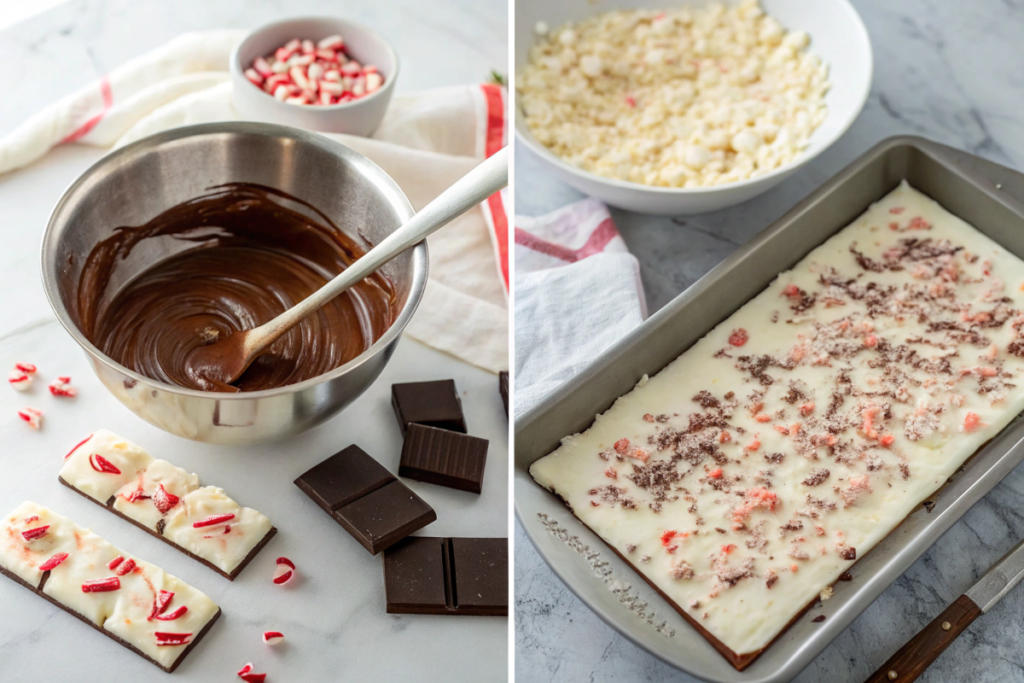
FAQs About Freshness Of Peppermint Bark
Can Peppermint Bark Be Made Ahead of Time?
Yes, peppermint bark can be made up to two weeks in advance if stored properly in an airtight container.
Is It Safe to Eat Expired Peppermint Bark?
If it shows no signs of spoilage like off smells or discoloration, it may still be safe, but the taste and texture could be compromised.
What Are the Best Ways to Repurpose Stale Peppermint Bark?
You can crush it to use as a topping for hot chocolate, ice cream, or baked goods like brownies and cookies.
Conclusion
Proper storage is essential for preserving the quality of peppermint bark. By using airtight wrapping, maintaining optimal conditions, and incorporating desiccants, you can keep this festive treat fresh and enjoyable.
Ensuring the bark’s safety and flavor allows you to share and savor it throughout the holiday season, making every bite a delightful experience.

